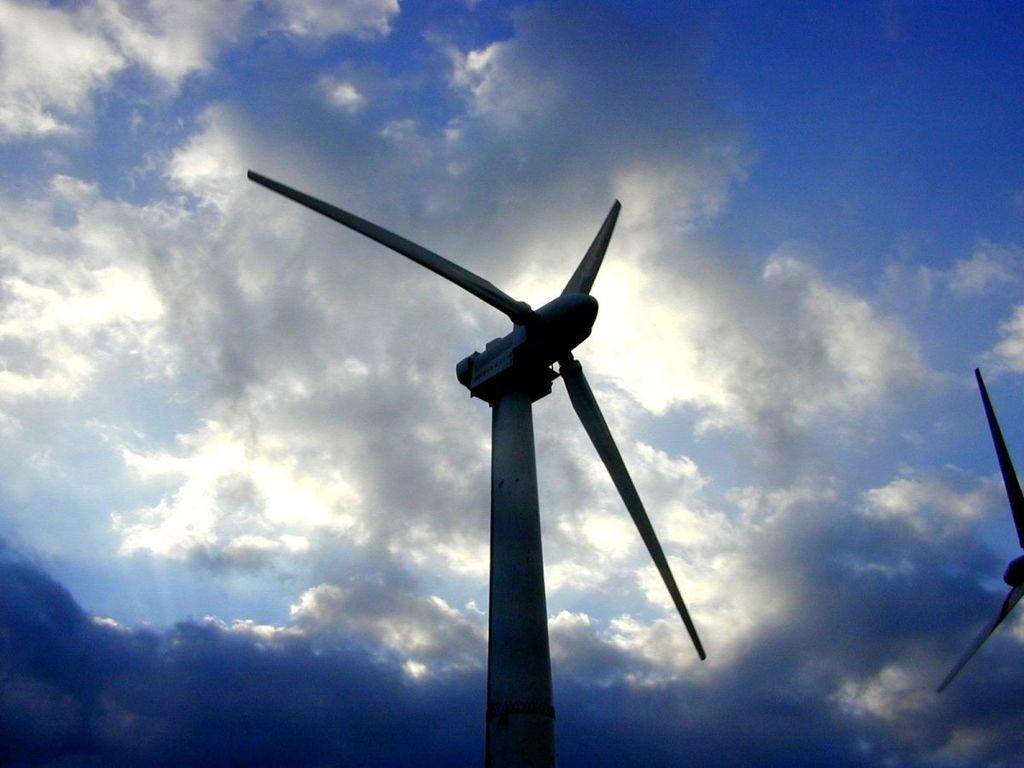Wind Is a Win
Bird and Tree Impacts Are Less with the Strauss Project

At a time when Californians are seeing increased wildfire danger, sea-level rise, and other daily evidence of shifts in climate, Santa Barbara County residents deserve energy generation sources that are sustainable, reduce greenhouse gas emissions, and turn our community into a leader in combating climate change.
The Strauss Wind Energy Project offers all of those advantages. And, as its project plans make clear, it also addresses environmental and economic considerations in ways that fully respond to all concerns voiced by local stakeholders.
To understand how far we’ve come, it’s important to remember some history. In 2009, Santa Barbara officials approved, and courts later upheld, the Lompoc Wind Energy project at the same location proposed for the Strauss Project.
The Lompoc project featured up to 65 wind turbines, a number that in the Strauss project has been reduced to only 29. An earlier proposal for the Strauss project called for the removal of as many as 1,750 trees, a number that has now been reduced dramatically down to 225, after multiple rounds of design revisions to reduce impacts.
By reducing impacts to oak trees by nearly 90 percent, the new project plan maintains an important habitat for nesting birds. The project cuts the number of turbines by more than half and uses equipment that rotates at a slower speed, making it significantly safer for birds and raptors. The project’s environmental benefits help reduce the impact of climate change, which conservationists see as one of, if not the greatest threat to the avian populations. For example, even the Audubon Society recognizes that half of the bird populations in the US are at risk of extinction due to climate change, and studies by the US Fish and Wildlife Service have concluded that wind turbines account for less than 1 percent of all human-caused bird mortalities.
The Strauss project leaders focused on the problems in the original Lompoc plan and worked to eliminate them. They consistently demonstrated a willingness to listen to the concerns of neighbors and community members and to address them in a meaningful way.
In addition to minimizing adverse impacts, the Strauss Wind Energy Project will produce significant benefits for Santa Barbara County, the state of California and a world struggling to slow the devastation of accelerating climate change.
The project will generate an estimated $40 million in tax revenue during its 30-year lifecycle, which would place it among the top ten tax contributors in Santa Barbara County, reducing the burden on residential and business taxpayers.
It will create about 150 well-paying construction jobs during its building phase, with additional long-term jobs added to keep the turbines operating and supplying electricity to the grid. Strauss officials will use locally sourced concrete and other materials and will hire skilled contractors experienced in the installation of wind farms supported by local workers, including those represented by established labor unions.
The wind project will not interfere with local agricultural operations in any meaningful way. Each turbine installation removes no more than a half-acre of land from agricultural use; once a turbine is built, farming can continue almost right up to its base.
Nor will the turbines reduce property values. In 2013, researchers at the Lawrence Berkeley National Laboratory analyzed more than 50,000 home sales near 67 wind projects located in nine states. Their findings? Property values did not drop. Given the increase in tax revenue produced by wind projects — which improves schools and roads and keeps other taxes low — the projects can actually increase property values.
And finally, there are the environmental benefits, which are enormous. The Strauss project will generate enough energy to supply nearly 45,000 homes with clean, renewable energy each year. That reduces the need for power from nuclear, coal and oil plants, keeping 212,000 metric tons of carbon dioxide from being released into the air each year — the equivalent of eliminating 519 million annual vehicle miles.
Such reductions will help state and local governments live up to their commitment to increase renewable energy use and slow climate change. California’s Renewable Portfolio Standard calls for utilities to source 60 percent of their electricity from renewables such as wind by 2030, nearly twice the share in 2017. In Santa Barbara County, the Board of Supervisors in 2009 adopted “Climate Change Guiding Principles” that called for renewable energy projects such as wind projects that cut greenhouse gas emissions.
At this point, however, only one modest project fitting that description has been approved — placing us near the bottom of the state’s 58 counties, despite ample clean energy resources throughout Santa Barbara County.
It is time for Santa Barbara to step up and take a lead. Strauss Wind officials have proven that they are supportive of community needs and have agreed to adopt the “Modified Project Layout” in the County’s Draft Environmental Impact Report, and are committed to full compliance with the stringent mitigation measures proposed by the County. The project leaders have addressed each and every legitimate concern and, in my view, deserve the opportunity to move forward immediately for the benefit of all of us.
Gary Petersen is a principal at Environmental Problem Solving Enterprises, a long-time advocate for the environment, and has helped countless businesses and governments implement sustainable practices.



